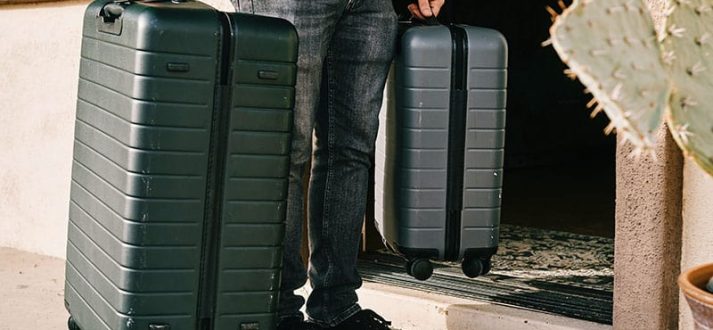No one enjoys lugging around a heavy suitcase, and with airlines charging extra for checked baggage, it’s no wonder that carry-on luggage has become increasingly popular.
Packing Light:
The first step to making the most of your carry-on is to pack as light as possible. This means only bringing the essentials and leaving anything that you can live without at home. If you’re not sure what to bring, make a list of everything you need for your trip and then edit it down until you’re left with only the bare necessities.
Packing Smart:
Once you’ve determined what you need to bring, it’s time to start packing. And while you might be tempted to simply throw everything into your bag, it’s important to pack smart in order to maximize space and avoid wrinkles. Start by rolling your clothes instead of folding them, and if you have any bulky items, pack them first so that they can be tucked into the nooks and crannies of your bag luggage deposit.
Choosing the Right Bag:

Of course, none of this matters if you don’t have the right bag to begin with. When choosing a carry-on, look for something that is lightweight and easy to carry. Avoid bags with a lot of pockets and compartments, as these can often add unnecessary bulk.
Making the Most of the Overhead Bin:
Once you’re on the plane, it’s time to make use of the overhead bin. If possible, try to store your bag towards the front of the bin, as this will make it easier to access during the flight. And if you’re traveling with a companion, take advantage of the fact that you can often fit two bags in one bin by storing one on top of the other.
Conclusion:
By following these tips, you can make the most of your carry-on luggage and avoid having to check your bag. By packing light and smart, and choosing the right bag, you’ll be able to make the most of the limited space in the overhead bin and have a more enjoyable flight.



